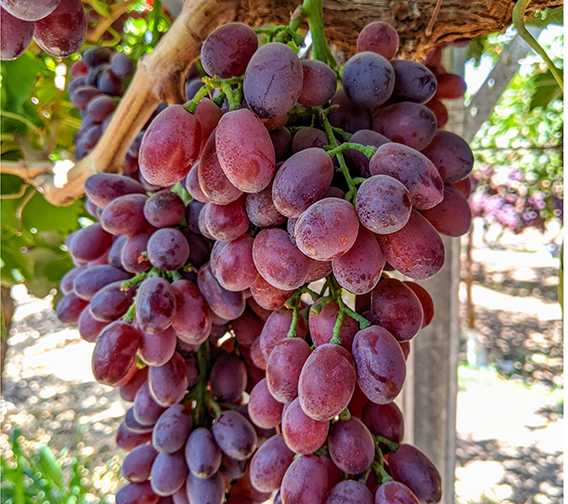Northern California Tomato Growers Largely Unscathed By Curly Top
While many tomato fields in California’s southern San Joaquin Valley were devastated this year by curly top virus, the incidence in the northern San Joaquin and Sacramento valleys was low and sparsely located.
Gene Miyao, a University of California Cooperative Extension farm advisor in Yolo, Solano, and Sacramento counties, says curly top has typically remained to the south and has not been a huge problem for growers in his area. The reverse is true for tomato spotted wilt virus (TSWV), which remains common in the Northern California tomato-growing region. However, TSWV has been even lower than average this year, which may be due to both the increasing use of resistant varieties and vigilant insecticide programs to control the thrips vector, he says.
Miyao says he is currently more concerned about fusarium wilt, both by the levels found in some fields and the fact that it’s spreading. “That’s clearly on the increase — we’re up to race 3 now — and it’s moving around,” he said Friday. “Larger growers typically operate in many different areas, and that means a lot of equipment moving around.”
Another common problem, powdery mildew, has been generally light, but Miyao cautions growers to be vigilant. While sulfur dust is one of the best materials for mildew control as a preventative, using fungicides that have dual activity on mildew and on blackmold fruit rots will begin to have greater value as the season progresses.
“Powdery mildew is low for the time being, but we’ll see how we finish the season — it’s still to be determined,” he said. “Hopefully we’ll have a dry fall so there’s not a lot of fruit rot.”









